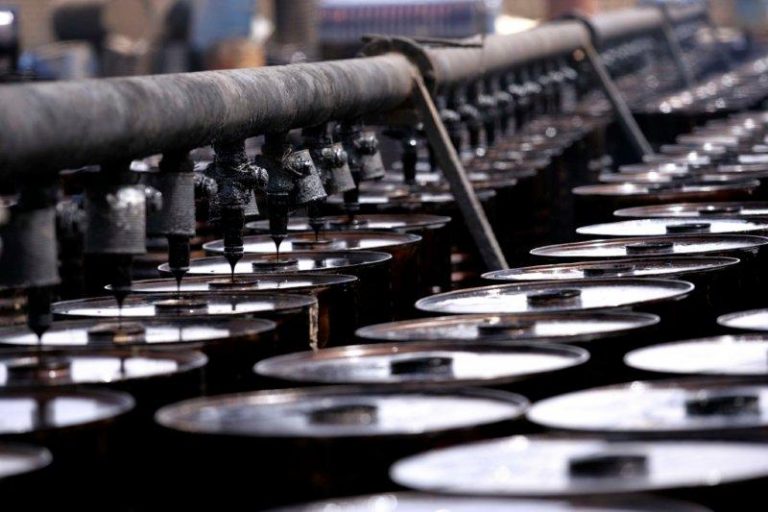
The Difference of Bitumen AH70 and 60/70
Bitumen AH70 and Bitumen 60/70 are both types of bitumen used in road construction, but they have some differences in their properties:
- Penetration Grade: Bitumen AH70 is a higher penetration grade compared to Bitumen 60/70. Penetration grade refers to the measure of hardness or softness of the bitumen.
- Viscosity: Bitumen AH70 has a higher viscosity compared to Bitumen 60/70. Viscosity is the measure of the resistance of a fluid to flow.
- Performance: Bitumen AH70 is typically used in high-temperature regions where the road surface can get very hot, while Bitumen 60/70 is more commonly used in moderate-temperature conditions.
- Cost: Bitumen AH70 is generally more expensive than Bitumen 60/70 due to its higher quality and performance characteristics.
Overall, the choice between Bitumen AH70 and Bitumen 60/70 depends on the specific requirements of the road construction project, such as temperature conditions, traffic load, and budget constraints.
The choice between Bitumen AH70 and Bitumen 60/70 depends on the specific requirements of the road construction project. Here are some factors to consider when determining which one is better for your project:
- Temperature Conditions: If your project is located in a high-temperature region where the road surface can get very hot, Bitumen AH70 may be a better choice due to its higher performance in such conditions.
- Traffic Load: Consider the amount and type of traffic that will be using the road. Bitumen AH70 may be more suitable for roads with heavy traffic loads due to its higher quality and durability.
- Budget Constraints: If you have budget constraints, Bitumen 60/70 may be a more cost-effective option compared to Bitumen AH70, which is generally more expensive.
- Performance Requirements: Evaluate the specific performance requirements of your project, such as resistance to deformation, fatigue cracking, and rutting. Choose the type of bitumen that best meets these requirements.
Ultimately, the decision between Bitumen AH70 and Bitumen 60/70 should be based on a comprehensive assessment of your project’s needs and priorities. It is recommended to consult with a bitumen supplier or road construction expert to determine the most suitable option for your specific project.
Here are the specifications for Bitumen AH70 and Bitumen 60/70:
1. Bitumen AH70:
– Penetration Grade: 70-100
– Softening Point: 50-70 degrees Celsius
– Ductility: Minimum 75 cm at 25 degrees Celsius
– Flash Point: Minimum 225 degrees Celsius
– Specific Gravity: 1.01-1.05
– Solubility in Trichloroethylene: Minimum 99%
– Loss on Heating: Maximum 1%
– Thin Film Oven Test (TFOT) Retained Penetration: Minimum 60%
– Rotational Viscosity at 60 degrees Celsius: 1000-4000 poises
2. Bitumen 60/70:
– Penetration Grade: 60-70
– Softening Point: 49-56 degrees Celsius
– Ductility: Minimum 100 cm at 25 degrees Celsius
– Flash Point: Minimum 220 degrees Celsius
– Specific Gravity: 1.00-1.05
– Solubility in Trichloroethylene: Minimum 99%
– Loss on Heating: Maximum 1%
– Thin Film Oven Test (TFOT) Retained Penetration: Minimum 58%
– Rotational Viscosity at 60 degrees Celsius: 800-2000 poises
The Difference of Bitumen AH70 and 60/70
These specifications provide information on the penetration grade, softening point, ductility, flash point, specific gravity, solubility, loss on heating, TFOT retained penetration, and rotational viscosity for both Bitumen AH70 and Bitumen 60/70. It is important to refer to these specifications when selecting the appropriate type of bitumen for your road construction project.

